芒種
芒種は、稲や麦などの穀物の種をまくのに適した時期とされ、日本の農耕文化と深く結びつく芒種。機会がなかった時代には、梅雨入りを待って田植えの準備をしたのかもしれません。今年の梅雨入りはいつになるでしょうか。
錦鯉
ふと、今年も菖蒲の花が咲いたなと思っていたら、旧暦の端午の節句の日でした。一月は七草、三月は桃、五月は菖蒲——日本の節句は、季節の植物と深く結びついています。恵那山麓では、旧暦で過ごす文化がいまだに息づいており、その風景の中に暮らすことの魅力をあらためて感じています。
端午の節句といえば、鯉のぼり。鯉は古くから、流れに逆らって泳ぐ姿から「困難に負けず、前へ進む生き物」とされ、縁起が良いとされてきました。このことから、子どもの健やかな成長を願う風習として飾られるようになったのが鯉のぼりです。
そんな鯉に惹かれて、恵那市長島町で錦鯉を飼育する槇嶋崇文さんを訪ねました。日本の錦鯉の歴史は二百年を数え、今や世界に誇る芸術の一つになっているといいます。槇嶋さんから、錦鯉の品種についても教えていただきました。「紅白」「昭和三色」「五色」——その名の響きに、日本独自の美意識が込められているように感じます。
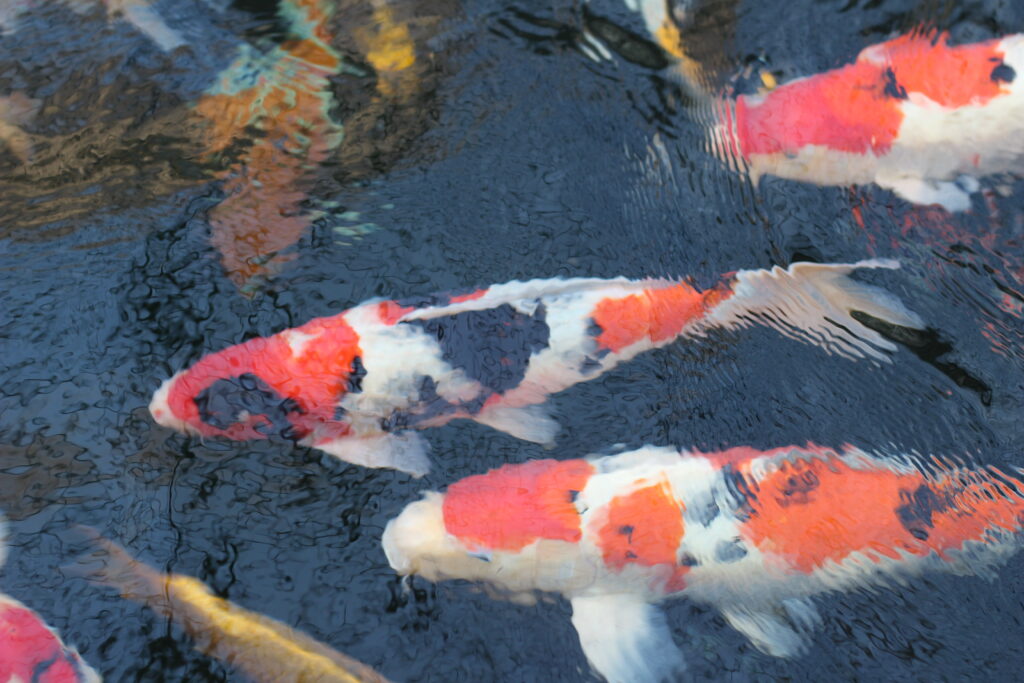
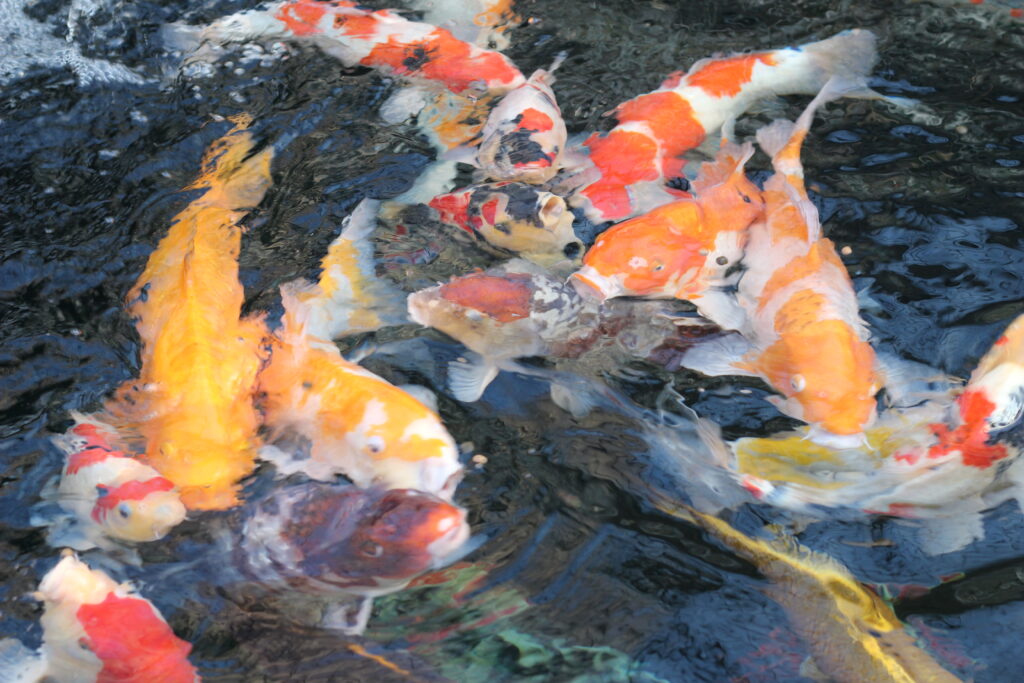
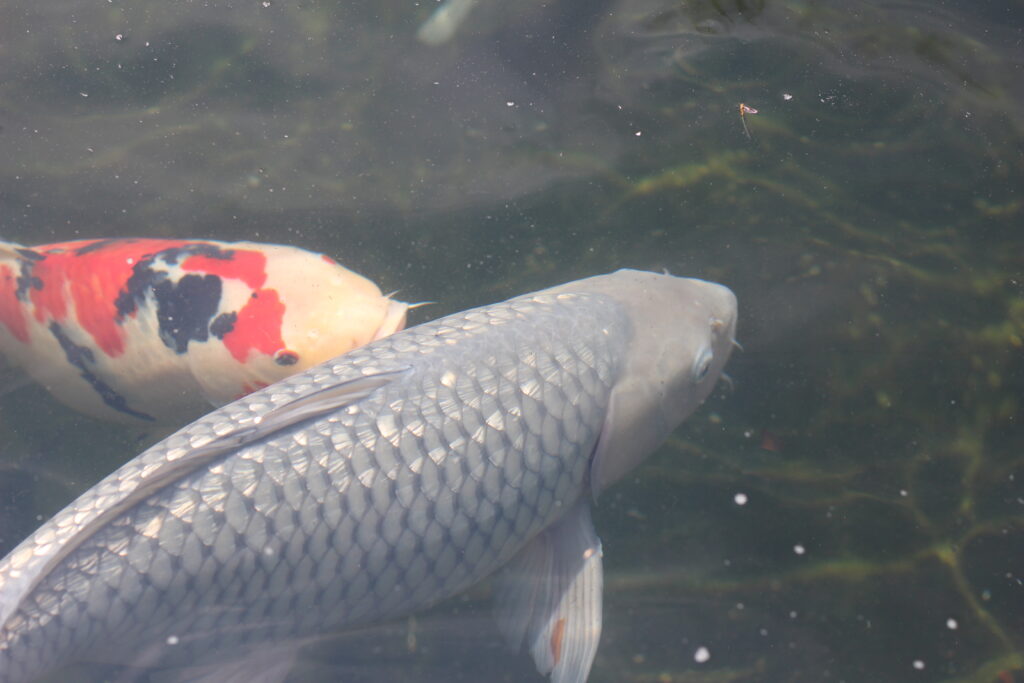
錦鯉の魅力は、計算では生み出せない、唯一無二の模様にあります。その優雅に泳ぐ姿は、まさに日本の伝統美の象徴です。話すことが苦手だった子どもが、錦鯉の魅力を伝えたいという思いをきっかけに、それを克服していったという話を槇嶋さんから伺いました。美しいものに触れる経験は、子どもの感受性を育む大切な機会になるのだと感じます。
「錦」という言葉は、比喩として美しく立派なものにたとえられます。「故郷に錦を飾る」という表現があるように、子どもたちが自らの故郷を誇れることは、とても素晴らしいことです。そして、これからは「立派」であることよりも、「美しい」と感じられることを大切にされていくのかもしれないと槇嶋さんの話を伺いながら感じました。
Bōshu
Bōshu marks the season considered ideal for sowing grains such as rice and wheat. Deeply intertwined with Japan’s agricultural heritage, this time of year traditionally signaled the start of rice planting, likely timed with the arrival of the rainy season, long before modern weather forecasts. I wonder when the rainy season will begin this year.
Nishikigoi (Decorative Carp)
Carp streamers, or koinobori, are a symbol of Tango no Sekku, traditionally celebrated in early June on the lunar calendar—around the same time as Bōshu. The carp, known for swimming upstream against the current, has long represented perseverance, making it an auspicious symbol for children’s healthy growth.
In Ena City’s Nagashima district, I visited Mr. Takafumi Makishima, who raises nishikigoi, or ornamental carp. He introduced beautiful varieties like Kōhaku, Shōwa Sanshoku, and Goshiki—names that reflect the poetic elegance of the Japanese language.
Mr. Makishima shared a story about a child who overcame a fear of speaking out of a desire to share the beauty of nishikigoi. Such moments show how encounters with beauty can nurture a child’s sensitivity.
The word nishiki originally refers to fine brocade and is used metaphorically in Japanese to describe something splendid. As in the phrase “to return home in glory,” it reminds us how meaningful it is for children to take pride in their hometown. Perhaps in the future, we’ll place more value not just on achievement, but on what we find beautiful.
ゑなの結とは
私たちは恵那山のふもとでフリーペーパーを発行している任意団体です。本当の意味で“誰一人取り残されない”のは季節の移り変わりではないでしょうか。また美しい自然から、地域の強みや魅力を教えられているのは、私たちだとも感じています。 心を豊かにするこの地域のひとときを二十四節氣とともに発信。そしてこの地のスタートアップから、インタビューや寄稿を通したコンテンツは、恵那山の頂きより「ヤッホー!」と叫ぶように、多くの人々に届いたらいいなと思っています。
We are a voluntary organization that publishes free papers at the foot of Mt. Ena. Isn't it the change of seasons that truly means that no one is left behind? I also feel that we are the ones who are taught the strengths and charms of the region by the beautiful nature. We will transmit a moment of this region that enriches the mind with 24 seasons. And I hope that the content through interviews and contributions from startups in this area will reach as many people as possible like shouting "Yo-ho!" from the top of Mt. Ena.
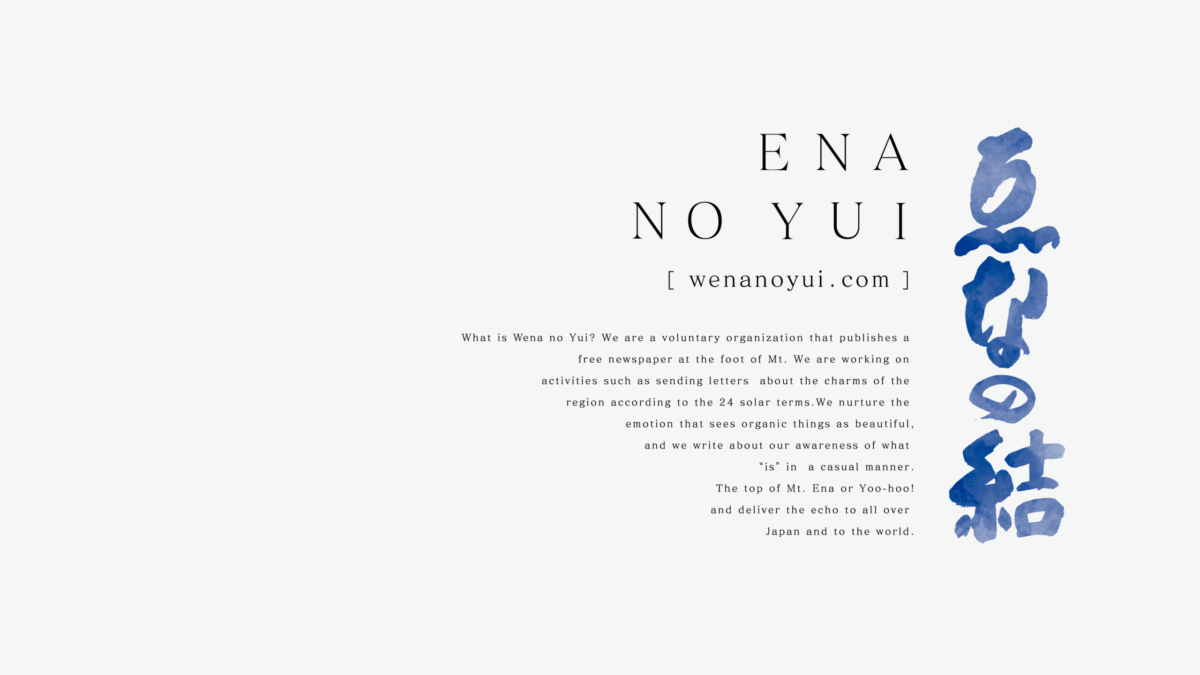
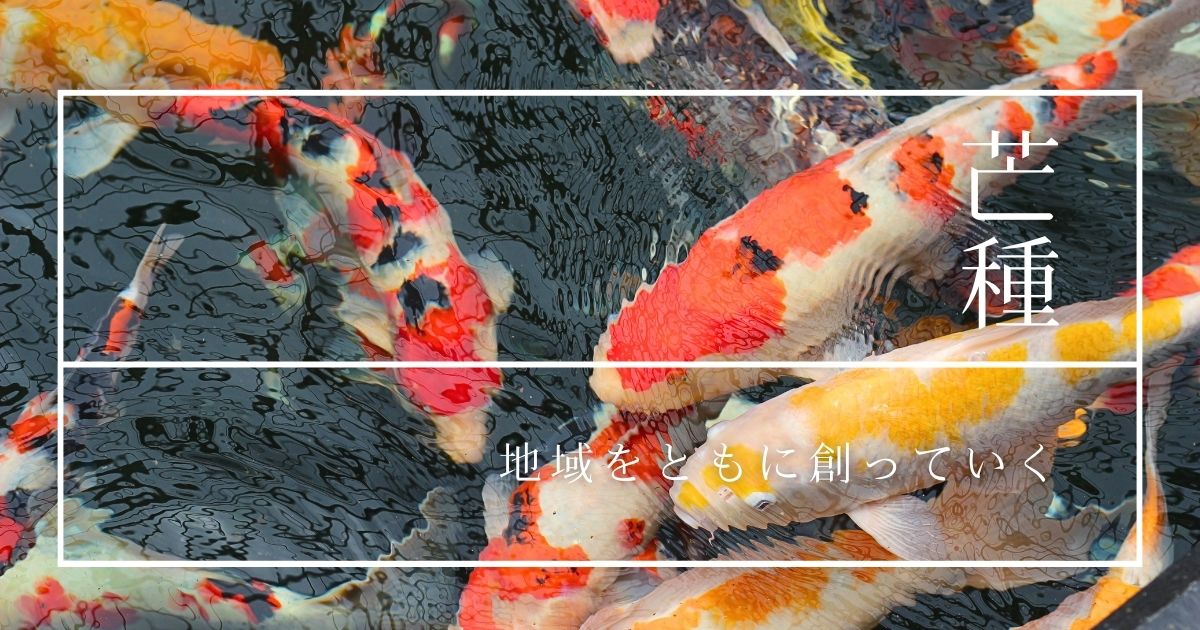


コメント